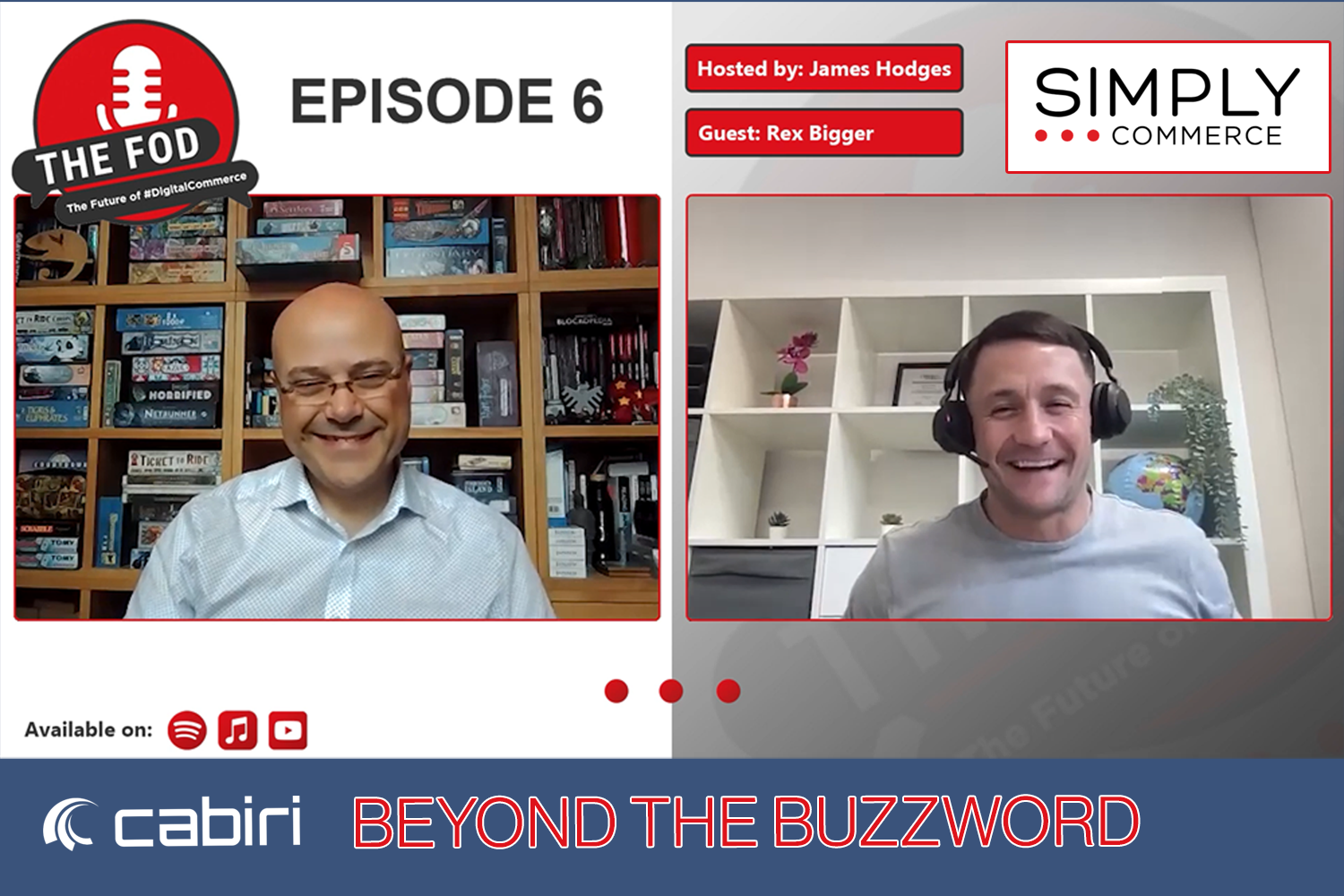How to spot Composable Washing
In the landscape of contemporary marketing trends, a concept poised to gain significant traction in 2024 is composable washing, reminiscent of the notorious greenwashing phenomenon. The term 'composable' has emerged as a buzzworthy hashtag, holding immense potential as a seemingly effortless marketing strategy.
Navigating this landscape demands a discerning eye to determine whether a product, service, or entity genuinely embodies composability. Composability in essence, denotes the capacity for diverse components or elements sourced from different providers, to seamlessly integrate or interconnect. Forming larger, more intricate systems.
In response to this Cabiri has curated a reasonably succinct yet comprehensive list of questions, tailored to assist decision-makers. These serve as a practical toolkit for identifying authentic composability within offerings. While not all questions may pertain to your specific project, feel free to select and customise the queries that align best with your objectives. It's essential to define your ideal responses beforehand to ensure the most insightful conversation, as per the example in question one.
Questions
How quickly can a test environment be provisioned? Expected provisioning time should be in seconds.
Does your approach prioritize an API-first strategy, and can you demonstrate its implementation?
Is this API publicly documented, accessible without requiring login credentials or encountering paywalls?
Are transparent pricing models available, or is this aspect still under consideration?
Is there a public status page akin to GitHub status?
Are wrapper libraries available on platforms like GitHub, facilitating interaction, feedback, and potential modifications?
Could you provide insights into your roadmap and its alignment with our composable vision?
How flexible is the front end for customization, and what is the procedure for implementing changes?
Can you guide us through a typical front-end customisation request, from initial inquiry through to testing and implementation. Including estimated timescales?
Is there room for influencing feature prioritisation for product development?
What level of support is offered to project teams (both technical and business) during the initial delivery phase?
Can individual components be selected by us independently, rather than being limited to predefined selections?
How do these technology vendors and their solutions interact with our specific requirements?
Do you have a unified commerce product that encompasses multiple capabilities?
Could you elaborate on integrations and data movement processes, distinguishing them from any available plugins and extensions?
Could we review an architecture diagram illustrating any proposed components?
Conclusion
As the term 'composable' gains momentum it becomes imperative to discern authentic composability from superficial claims. Cabiri's curated list of questions serves as a beacon of clarity in this landscape, offering decision-makers a practical toolkit to evaluate the genuineness of composability within offerings. By addressing key aspects such as API accessibility and flexibility in customization, organizations can navigate with confidence. Through informed decision-making and a commitment to collaboration, businesses can harness composability to drive sustainable growth and meaningful change in the marketing landscape.



